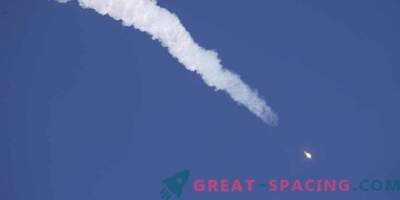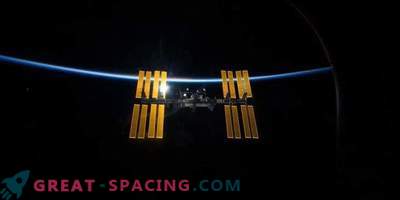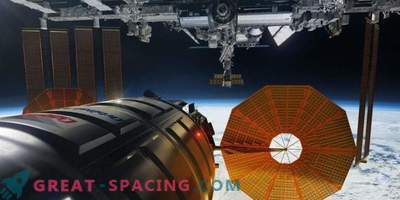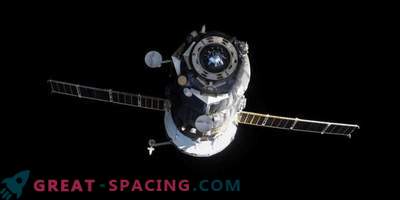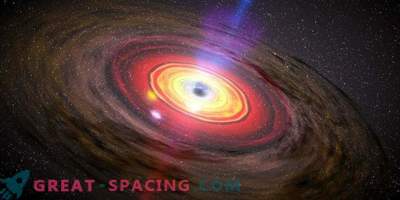
The crew of Expedition 58 and the reserve crew checked the model of the Soyuz spacecraft before launch at the Baikonur cosmodrome (Kazakhstan)
There are no official contracts yet, but NASA plans to continue launching astronauts to the ISS on the Russian Soyuz spacecraft even after American commercial space vehicles will appear.
NASA has an agreement with Russia to transport astronauts to the orbital station until 2019. For example, McClain Ann Charlotte will use the Soyuz ship to return to Earth in 6 months (arrived on the ISS on December 3).
The next launch on the Soyuz spacecraft is scheduled for February 28, when Tyler Haig and Christina Hammok Koch leave. Recall that Haig was part of the 57th Expedition, which had to perform an emergency landing after a failed start. Expedition 59 will be officially considered the second attempt at a space flight after a disastrous launch.
NASA has long been in a difficult situation. The shuttle program retired in 2011, after which the Americans had to fully rely on the services of Russian missiles to send astronauts to the International Space Station. Previously, there were no sharp corners in this arrangement, and a failed launch in October was an isolated case. But NASA has signed contracts with private space companies, Boeing and SpaceX, which are close to America again carrying out launches on its own. SpaceX will launch the first test flight already in early 2019, and in a couple of months the attempt of Boeing will follow.
The names of 9 astronauts have already been announced, who in August 2019 are using Boeing and SpaceX spacecraft to fly to the ISS. Moreover, NASA is confident that not only American cosmonauts will use their services. After certification, American launches will be carried out on an ongoing basis.
In this case, no one refuses the services of the ship Union. On the contrary, the simultaneous operation of Russian and American vehicles will create redundancy in transportation. Moreover, the ISS itself consists of the Russian side and the American side, including several modules from other countries.

